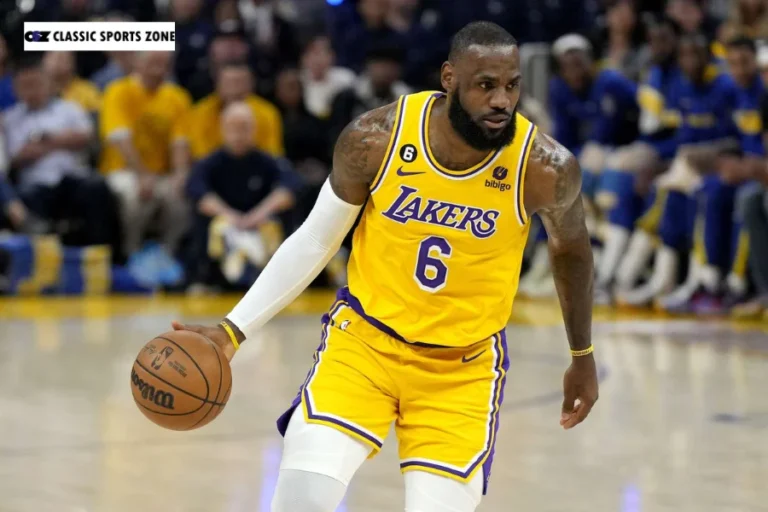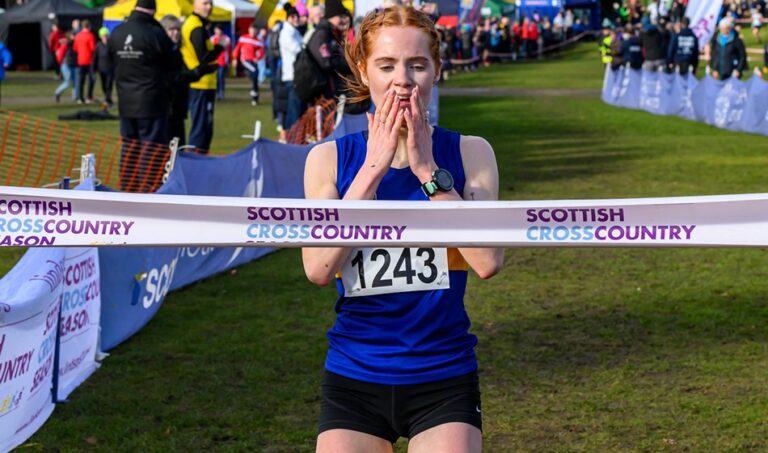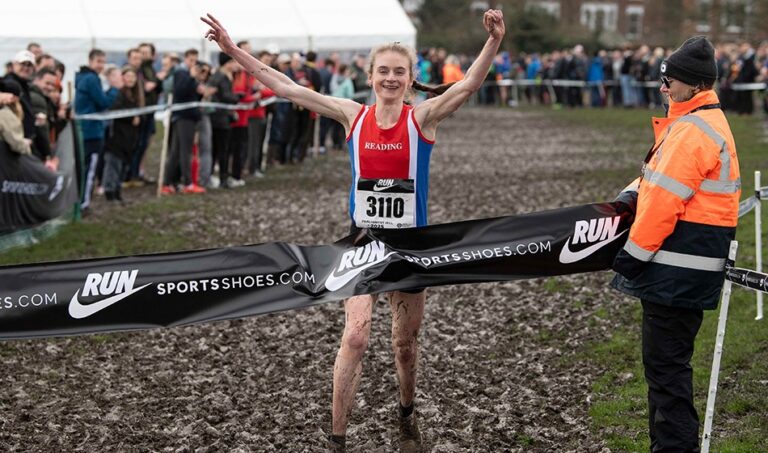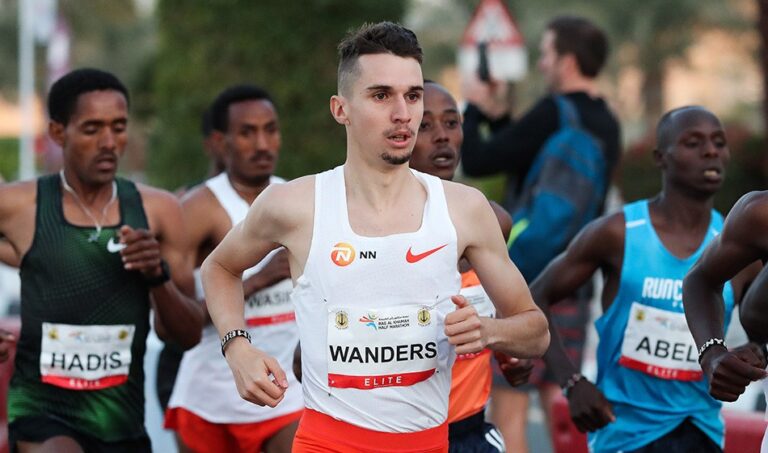B-ball symbol Michael Jordan authoritatively sold his greater part proprietorship in the Charlotte Hornets NBA group on...
Basketball
Basketball is a fast-paced team sport played on a rectangular court. The objective is to score points by shooting the ball through the opponent’s hoop, which is mounted 3.05 metres above the ground. Players dribble the ball, pass to teammates, and take shots to outscore the opposing team. Basketball combines athleticism, skill, and strategy, with matches consisting of four quarters. It’s popular worldwide, with leagues such as the NBA in the United States and the British Basketball League in the UK showcasing top-level talent.
LeBron James is one of the best ball players in the game’s set of experiences, procuring a...
USA gets off to a triumphant beginning as they proceed with their walk towards a seventeenth men’s...
An unbelievable USA group manifested their predetermination and secured a seventeenth Olympic men’s ball gold with a...
France pushed reigning champs USA as late as possible however lost the last at a stuffed Bercy...
Curry poured in 60 focuses and 17 3-pointers over the last two rounds of the Olympics. Stephen...
Klay Thompson says his transition to the Dallas Nonconformists is a “new beginning” after a “intense” finishing...
On an outdoor basketball court surrounded by seashell-scattered sand last month, a man coached a group of...
The future of “Inside the NBA” was already a sensitive topic when Charles Barkley stepped into an...
Bill Walton Bill Walton, a basketball center whose extraordinary passing and rebounding skills helped him win two...















